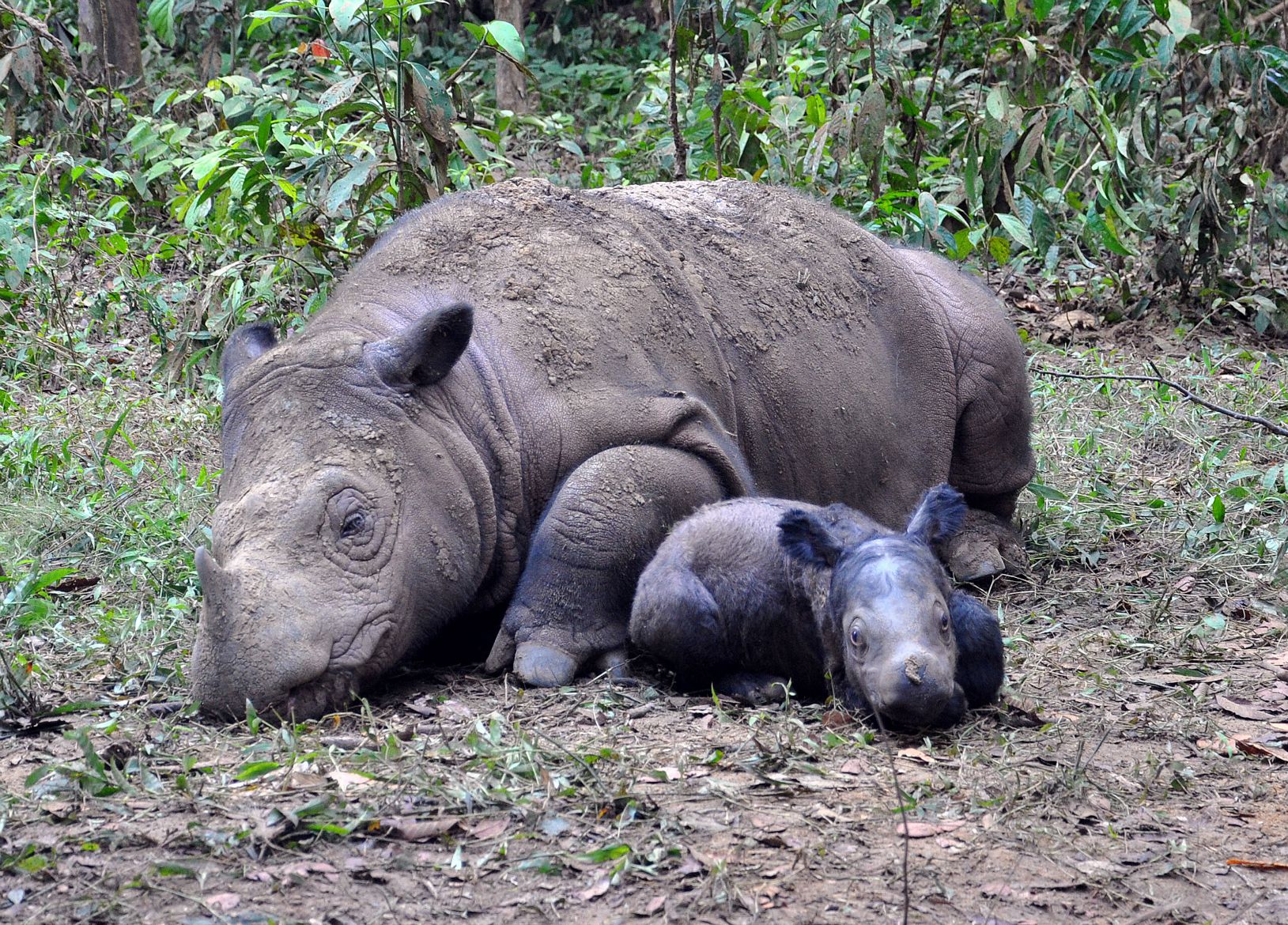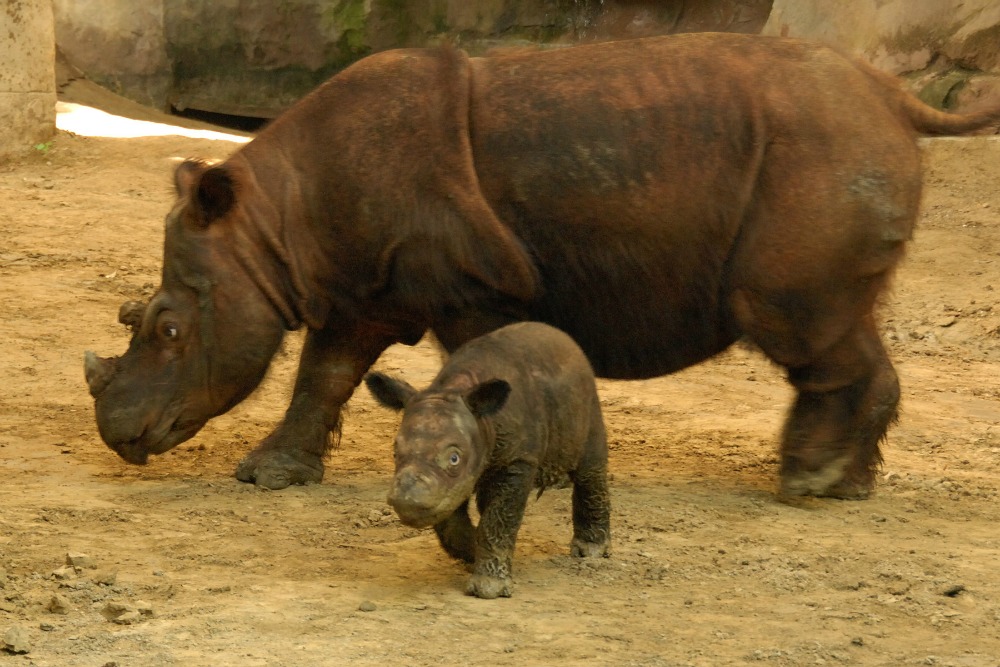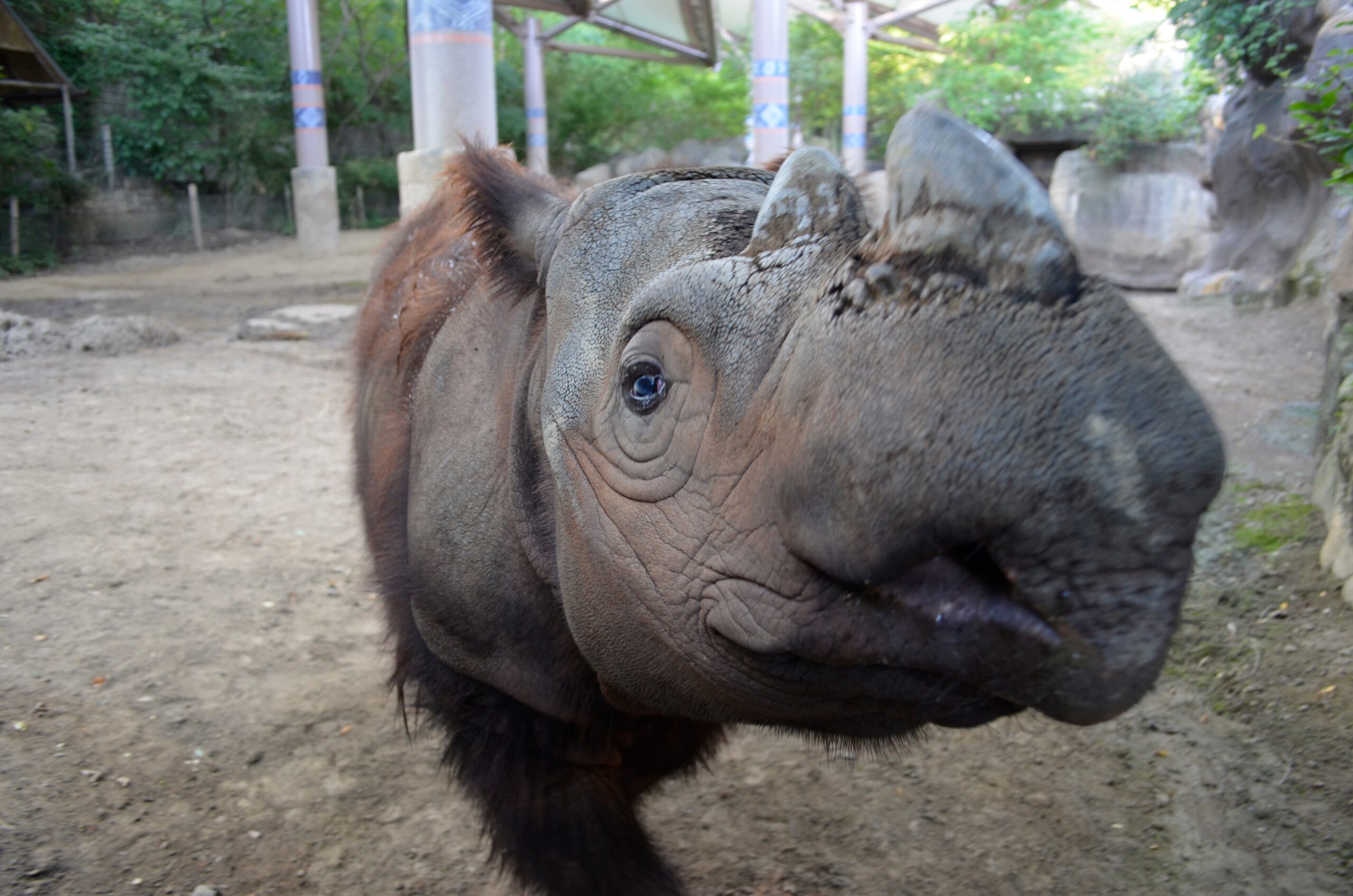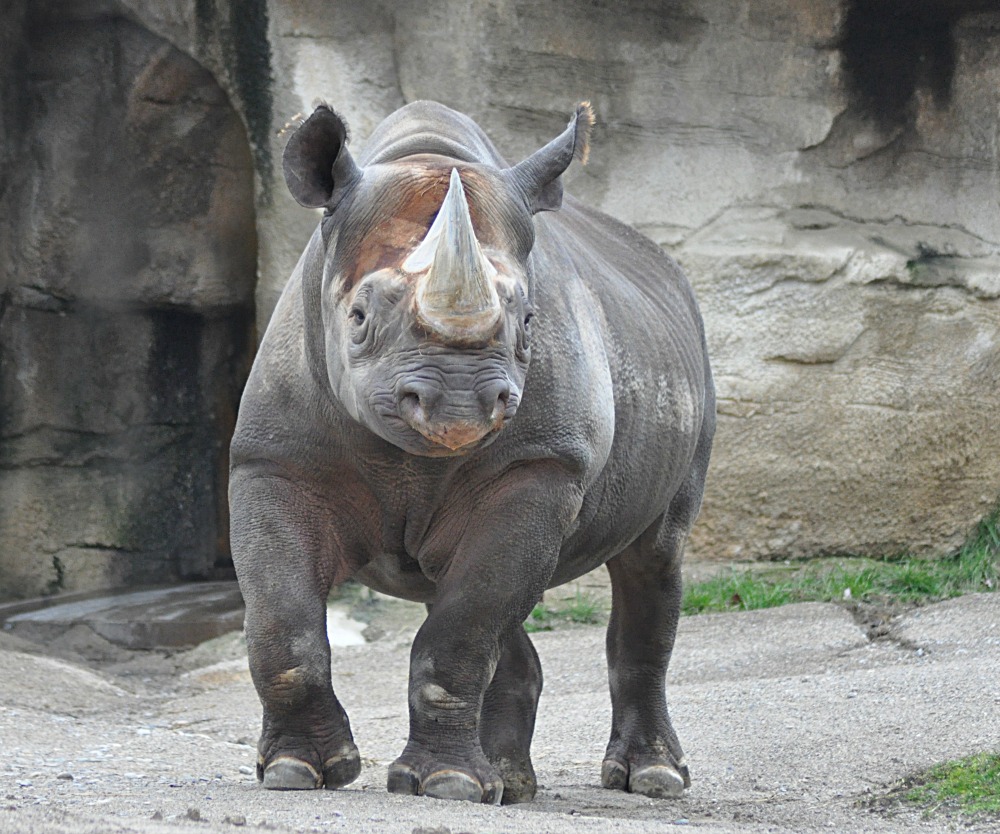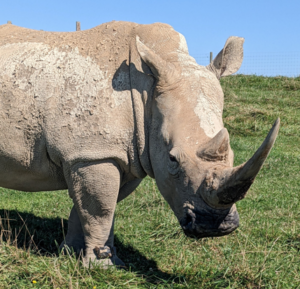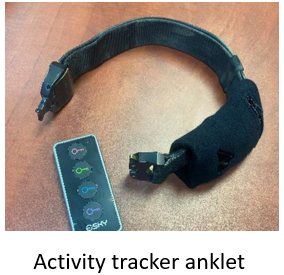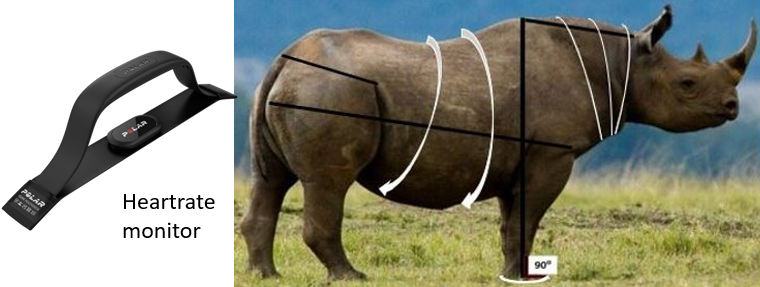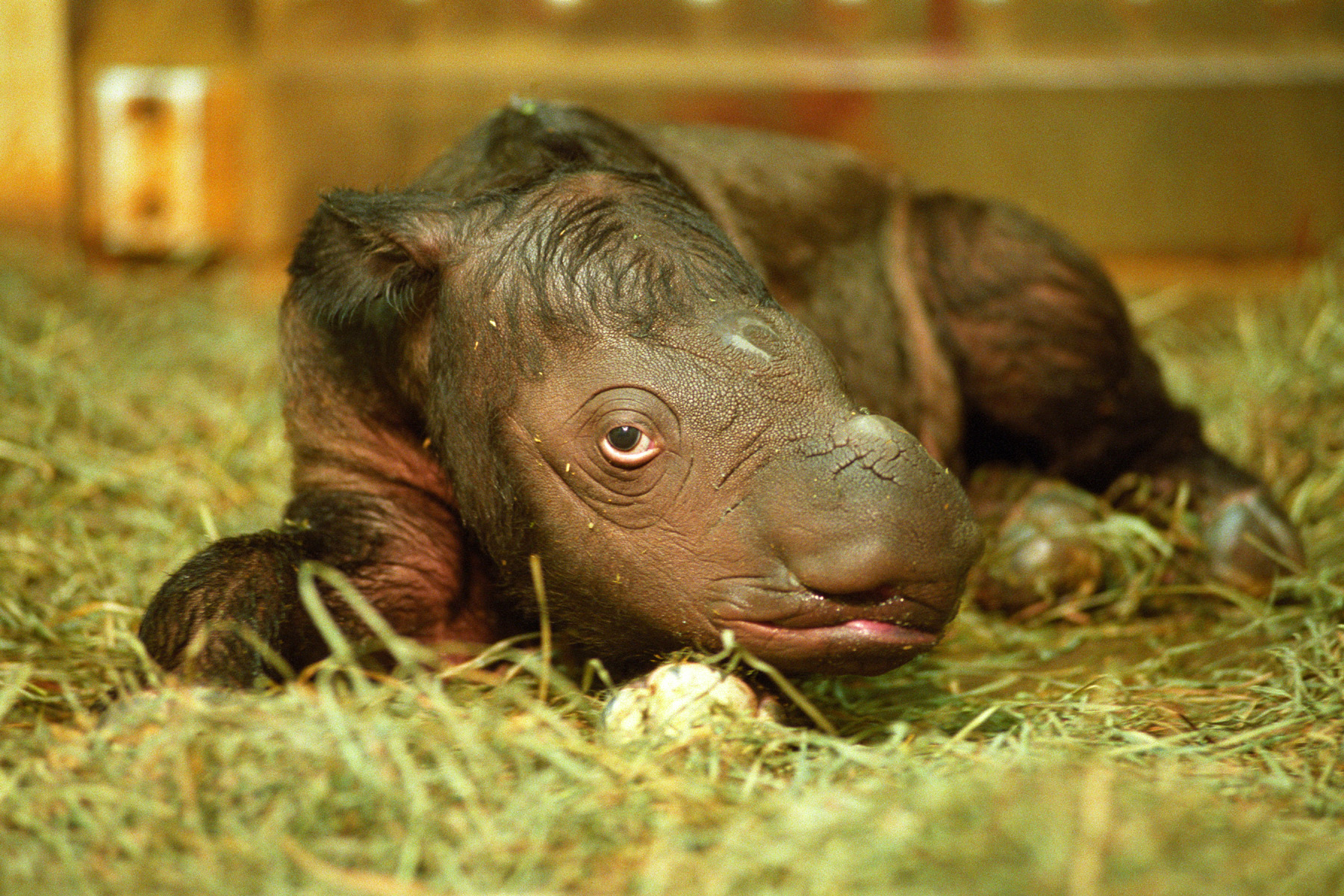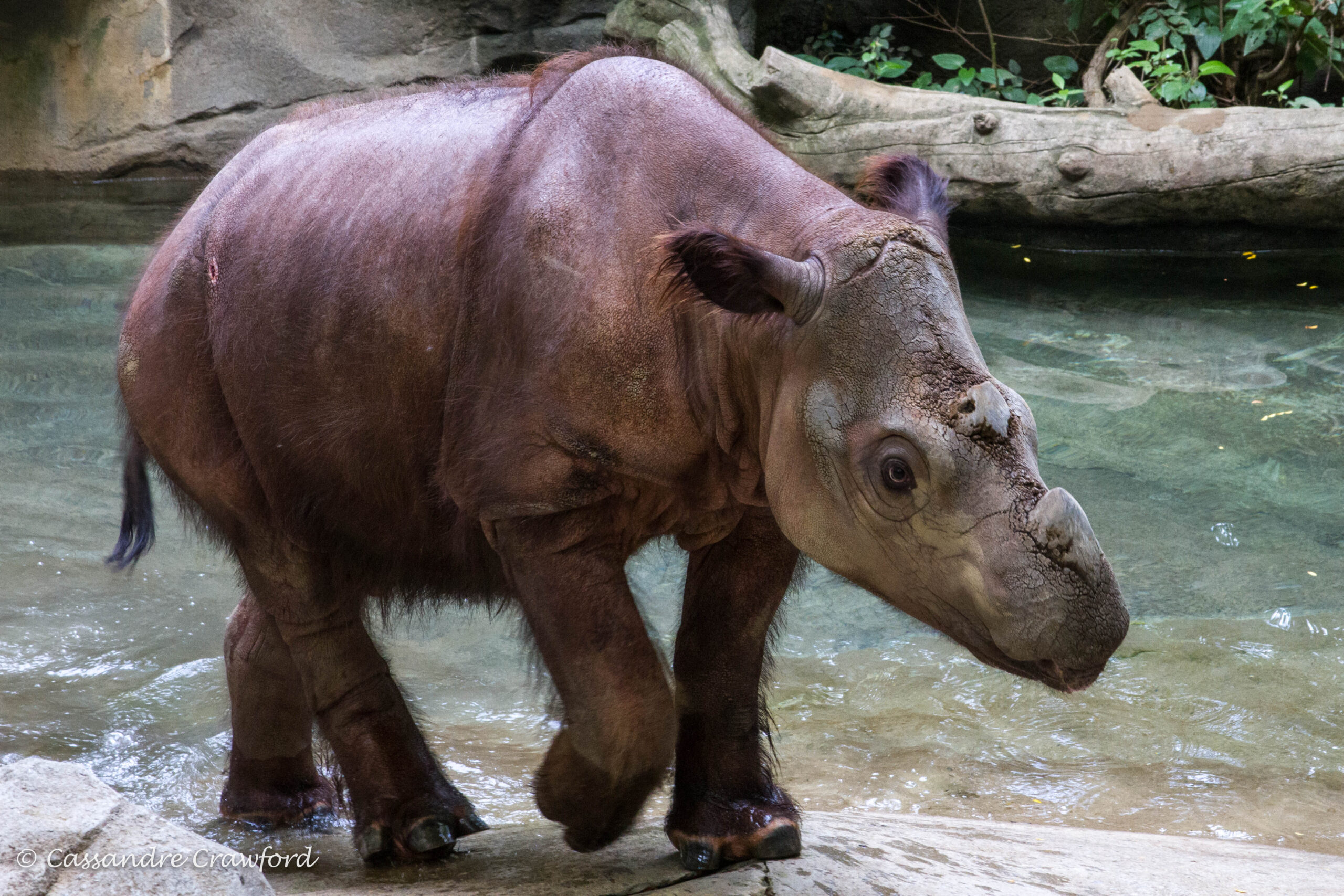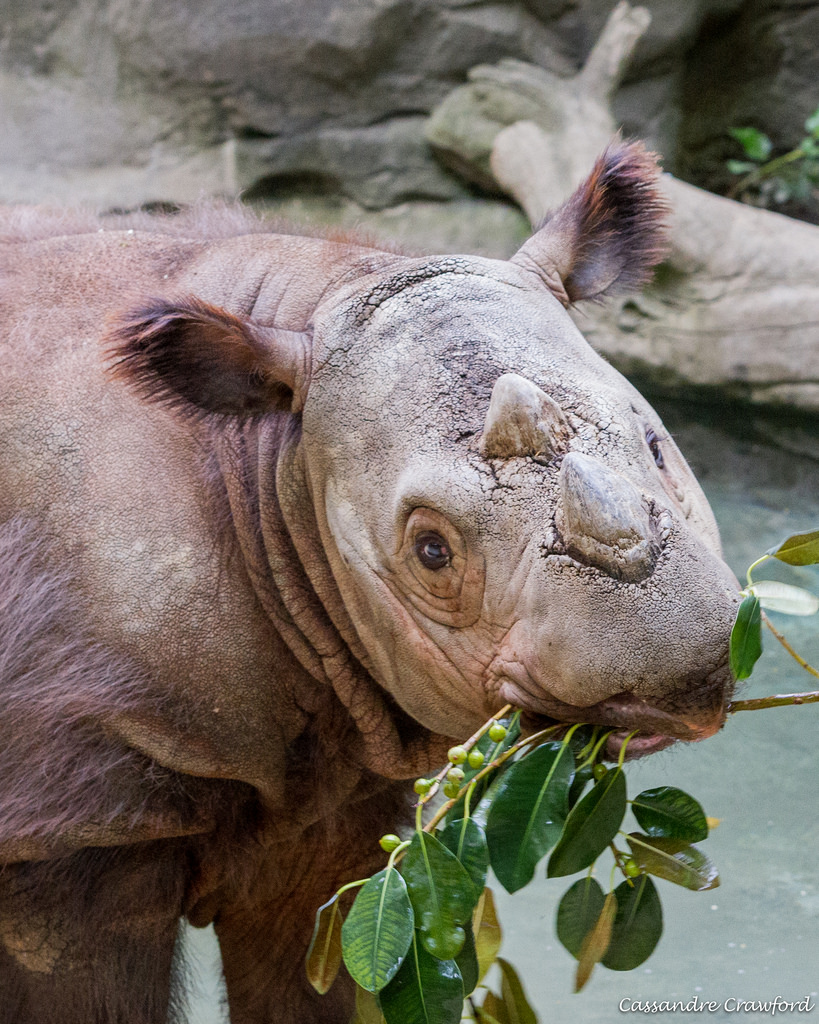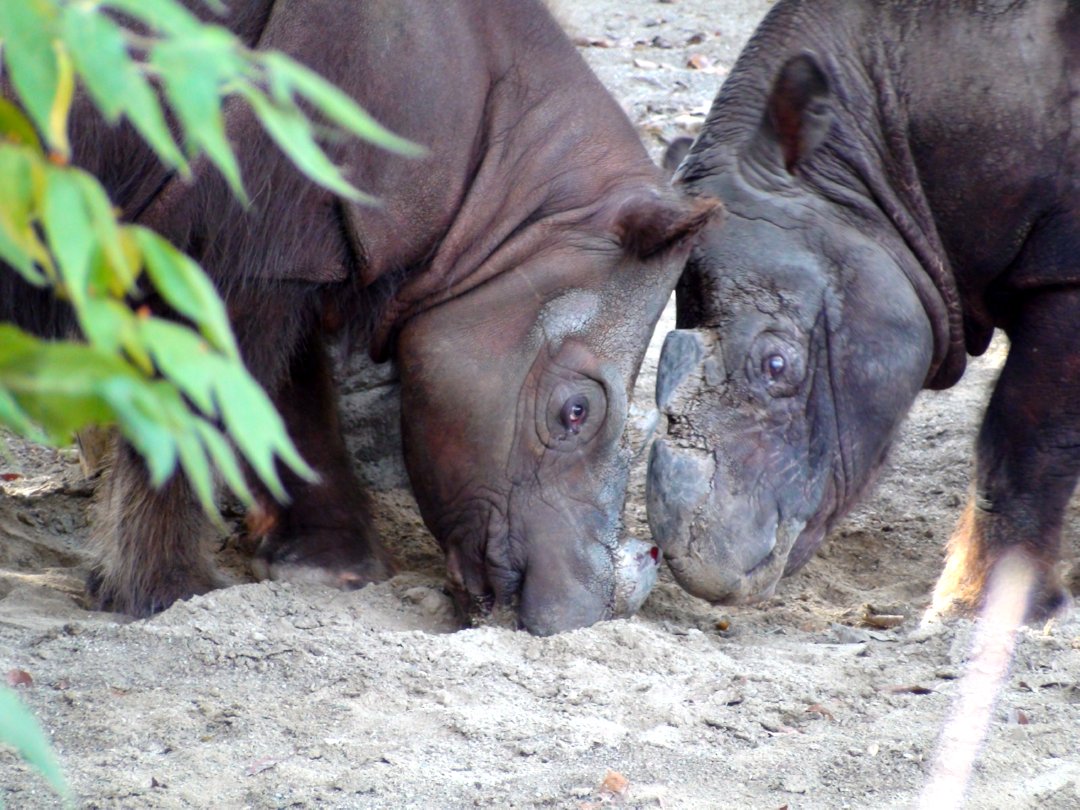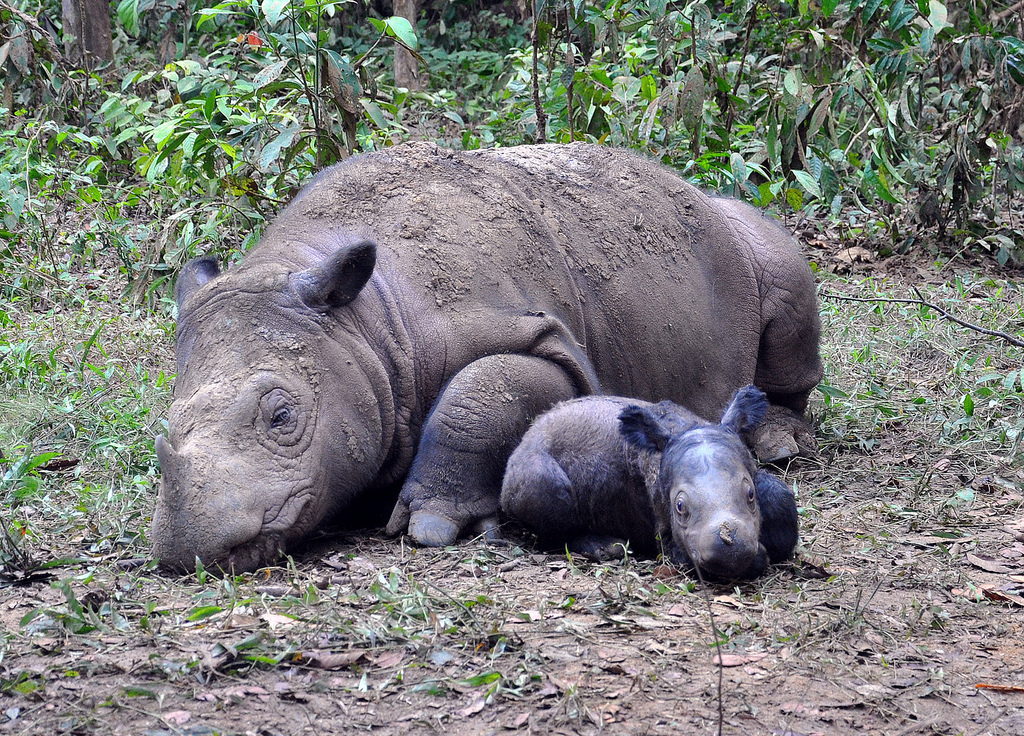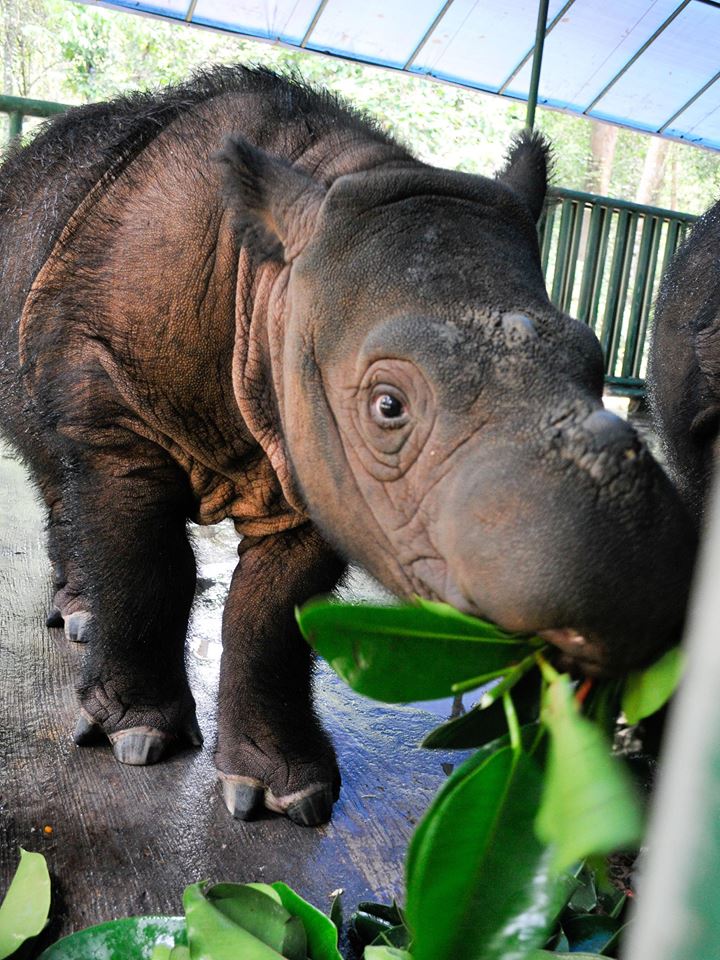Saving Rhinos
Although most people think “Africa” when they hear “rhino” Asian rhinos are more endangered than the African species. In the past, CREW scientists focused on two of these Asian species, the Sumatran rhino and greater one-horned (GOH) rhino. They succeeded in unraveling the mysteries of breeding Sumatran rhinos in managed care while developing artificial insemination for producing genetically valuable GOH rhino calves. However, the landscape has changed, and the deadly poaching epidemic that started in Africa in 2008 now imperils all rhino species. Therefore, CREW’s conservation research efforts are increasingly important for ensuring that all rhinos thrive, including those in our zoos. Our most recent project – the American Institute of Rhinoceros Science (AIRS) is a bold initiative aimed at doing exactly that.
American Institute of Rhinoceros Science (AIRS)
CREW is partnering with The Wilds, Disney’s Animals, Science and Environment, George Mason University, the South-East Zoo Alliance for Reproduction & Conservation, and Stellenbosch University, South Africa, on a new, big initiative, taking rhino science and collaboration to a new level while helping to save rhinos from extinction.
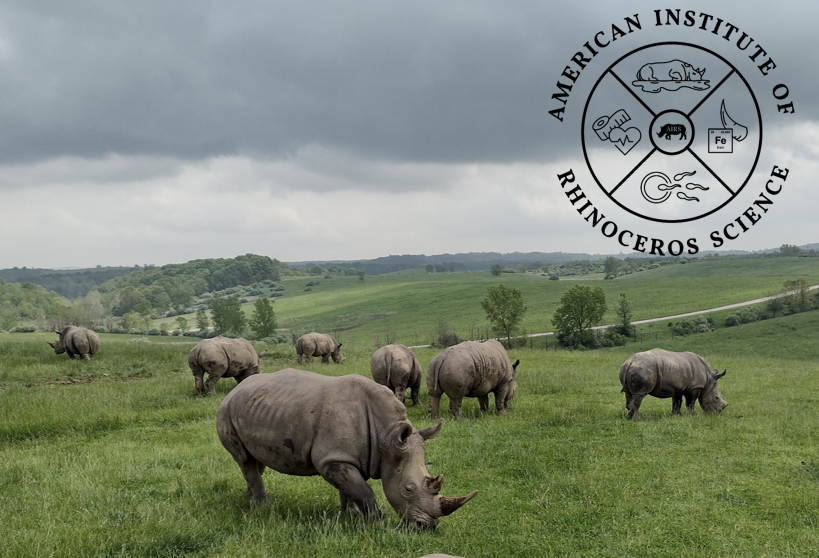
AIRS is led by a coalition of expert rhino scientists. This large coalition is employing a multidisciplinary, integrative strategy to overcome the four greatest scientific challenges to sustaining rhino populations within our nation’s zoos. The team recognizes that the scientific challenges are inter-related, and studying one of them in isolation will fall short of what could be achieved by tackling all of them together. In short, the whole is greater than the sum of its parts.
AIRS consists of a diverse, inclusive team of scientists in all stages of their training/careers. The project’s goal is to produce science-based, affordable, and feasible management recommendations for monitoring and controlling physical condition, iron overload, and reproduction while ensuring optimal rhino wellbeing. (AIRS is supported by a grant from the Institute of Museum and Library Services #MG 249011-OMS-21.)
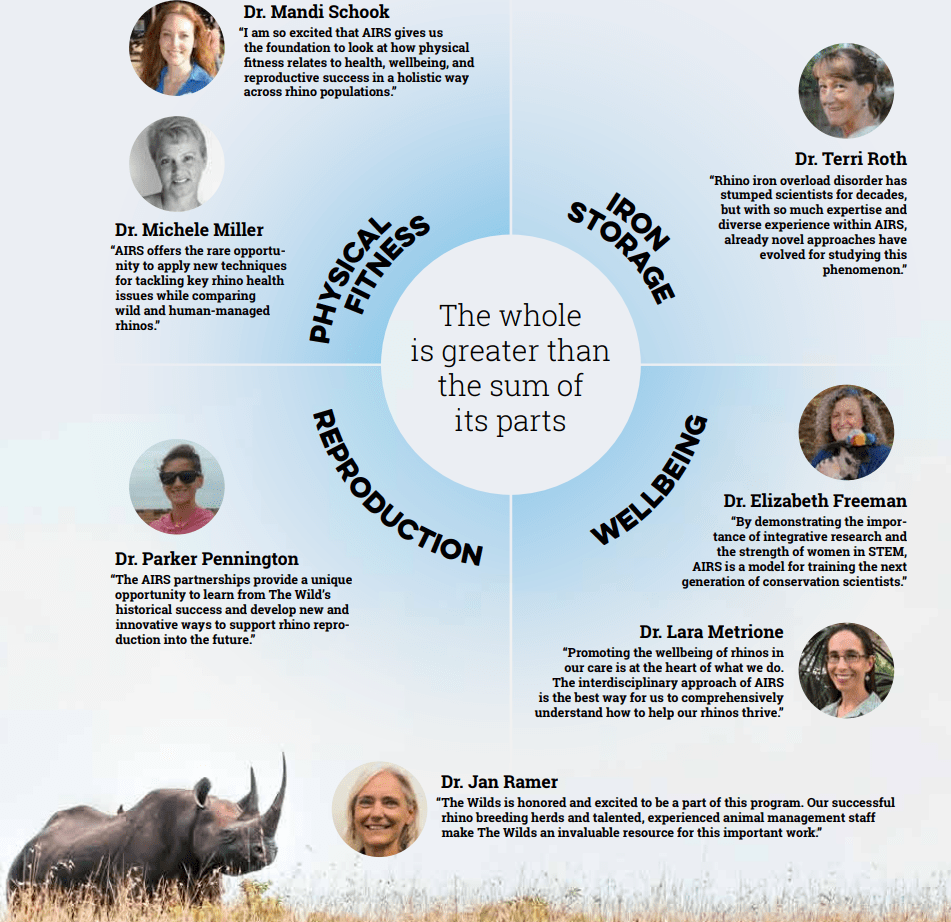
Through AIRS, the best measures of rhino physical condition are going to be identified. Several methods are being tested including standard body measurements, body condition scores, heartrate, bioimpedance, body weight, physical activity, and deuterated water metabolism. Data from these activities will be compared to the gold standard – serum biomarkers of body fat, inflammation, and metabolism – and all of the information will be analyzed in the context of management and environmental factors to determine conditions most associated with physically fit rhinos.
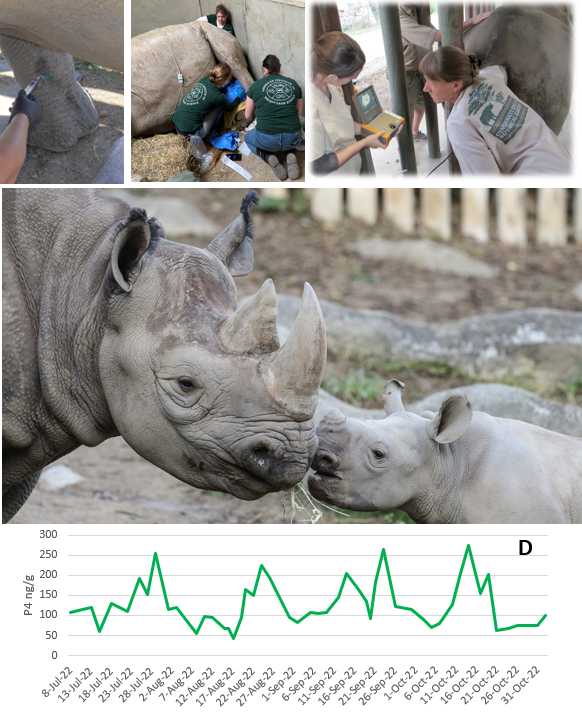 AIRS scientists are studying reproductive dysfunction in female rhinos. Thanks to operant conditioning training by animal staff at many zoos (and some very cooperative rhinos), blood samples now can be collected regularly providing opportunities to study hormones that couldn’t be measured in fecal samples collected in the past. Ultrasound exams in tolerant rhinos shed even more light on reproductive function and what may be leading to dysfunction in some of our rhinos. Additionally, valuable genetic material is being collected opportunistically and cryopreserved for the future.
AIRS scientists are studying reproductive dysfunction in female rhinos. Thanks to operant conditioning training by animal staff at many zoos (and some very cooperative rhinos), blood samples now can be collected regularly providing opportunities to study hormones that couldn’t be measured in fecal samples collected in the past. Ultrasound exams in tolerant rhinos shed even more light on reproductive function and what may be leading to dysfunction in some of our rhinos. Additionally, valuable genetic material is being collected opportunistically and cryopreserved for the future.
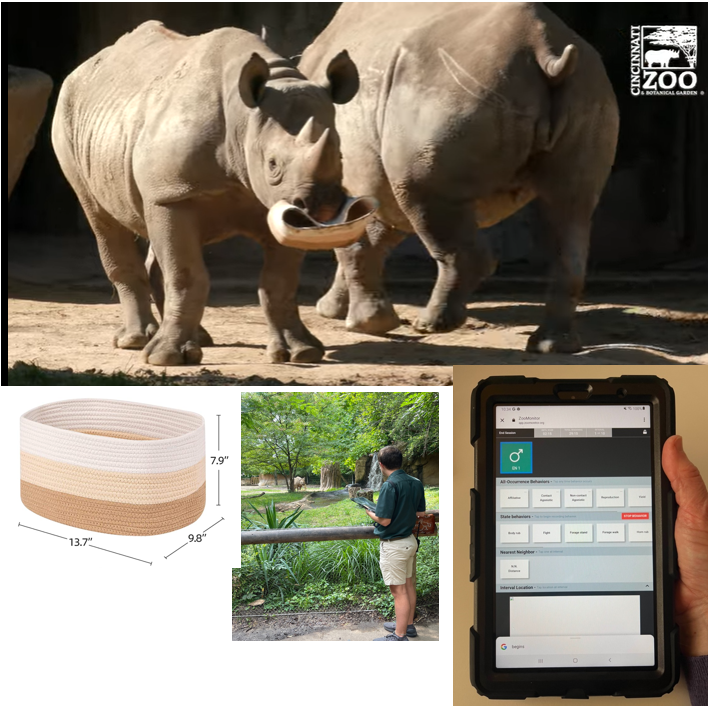 When it comes to rhino wellbeing, AIRS scientists do not believe that there is a one-size-fits-all solution and that a rhino’s temperament may provide insight into what is best for that particular rhino. The novel object test is one method of assessing an animal’s temperament and involves detailing an individual’s response when it first encounters a new object in its habitat. This information combined with survey responses, day and night behavioral monitoring, and serum biomarkers of stress will provide comprehensive wellbeing assessments of AIRS rhinos and the many factors impacting that status.
When it comes to rhino wellbeing, AIRS scientists do not believe that there is a one-size-fits-all solution and that a rhino’s temperament may provide insight into what is best for that particular rhino. The novel object test is one method of assessing an animal’s temperament and involves detailing an individual’s response when it first encounters a new object in its habitat. This information combined with survey responses, day and night behavioral monitoring, and serum biomarkers of stress will provide comprehensive wellbeing assessments of AIRS rhinos and the many factors impacting that status.
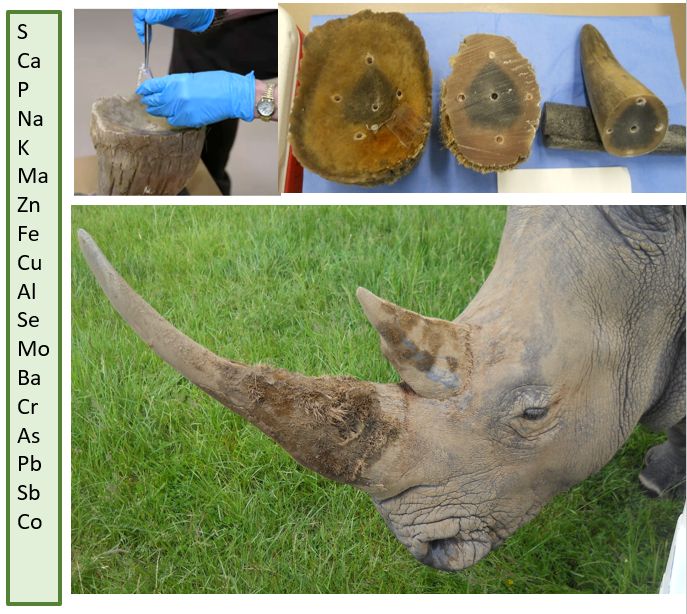 IOD afflicts two rhino species (black rhinos and Sumatran rhinos) and is characterized by high concentrations of iron stored in organ tissues, especially the liver. Monitoring the condition has proven challenging as typical serum biomarkers of IOD are not informative in rhinos. AIRS scientists have already determined that there are many measurable minerals in rhino horn including iron, and they are now testing to see if the horn mineral content reflects liver content and can be used as a proxy for evaluating rhino liver mineral concentrations, especially iron.
IOD afflicts two rhino species (black rhinos and Sumatran rhinos) and is characterized by high concentrations of iron stored in organ tissues, especially the liver. Monitoring the condition has proven challenging as typical serum biomarkers of IOD are not informative in rhinos. AIRS scientists have already determined that there are many measurable minerals in rhino horn including iron, and they are now testing to see if the horn mineral content reflects liver content and can be used as a proxy for evaluating rhino liver mineral concentrations, especially iron.
Sumatran Rhino Breeding Program at the Cincinnati Zoo
After years of research, scientists at Cincinnati Zoo’s Center for Conservation and Research of Endangered Wildlife (CREW), led by Dr. Terri Roth, unraveled the mysteries of Sumatran rhino reproduction and, in 2001, Andalas was born. He was the first calf bred and born in any zoo in the world in 112 years. In 2004, his sister, Suci, was born, and in 2007, Harapan arrived. Between 2001 and 2012, the Cincinnati Zoo held the distinction as the only place successfully breeding this endangered species. The Zoo partnered with Indonesian and Malaysian colleagues to transfer knowledge and techniques so that they too could succeed. In 2007, the Cincinnati and Los Angeles Zoos agreed to send Andalas to the Sumatran Rhino Sanctuary (SRS). That sacrifice on the part of the LA Zoo, where Andalas was living at the time of his transfer, paid off in spades in 2012 when Andalas’ healthy son was born in Sumatra.
Since then, Andalas sired a calf in 2016 and another in 2023. His elder two have now produced calves, and Harapan is the father of the one born on November 25, 2023.
The Cincinnati Zoo works closely with the Indonesian Ministry of Forestry, the Indonesian Rhino Foundation, the IUCN Asian Rhino Specialist Group and the International Rhino Foundation, to protect this species in the wild and also propagate Sumatran rhinos in zoos.

